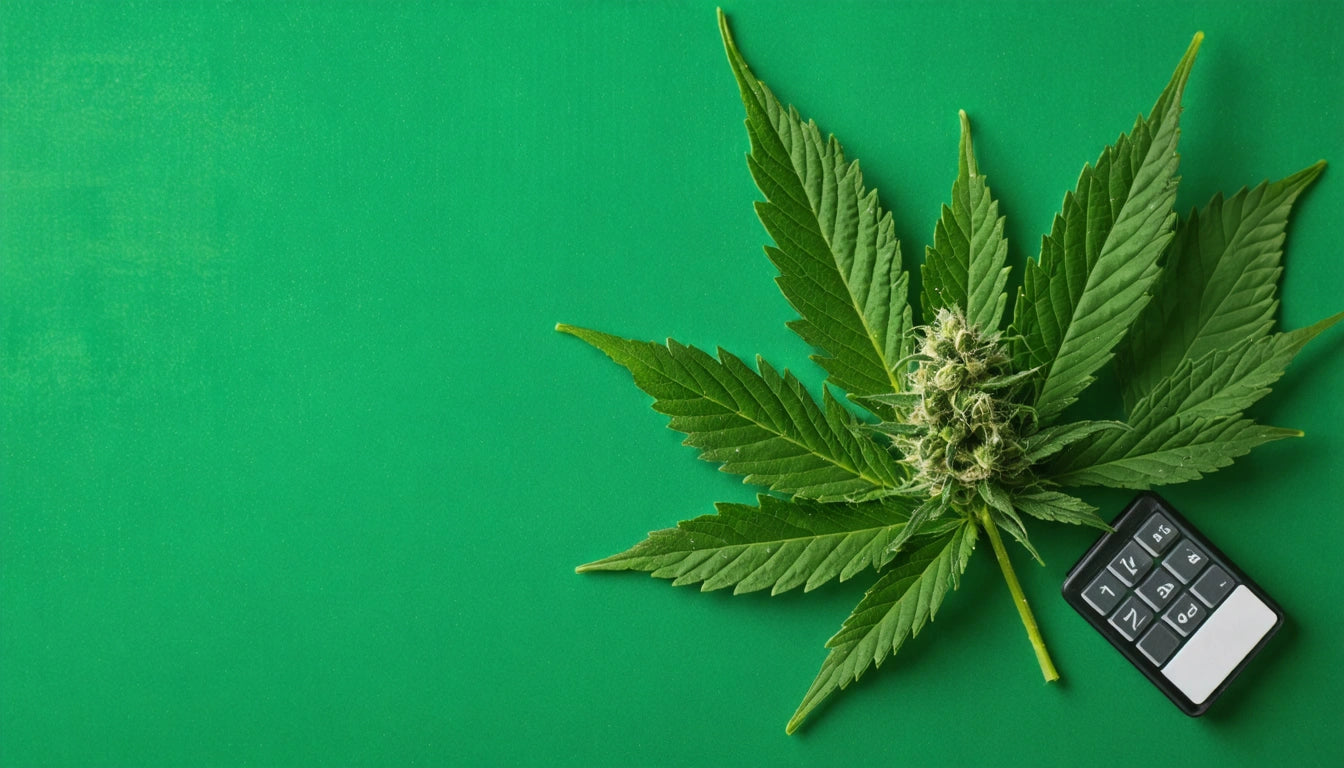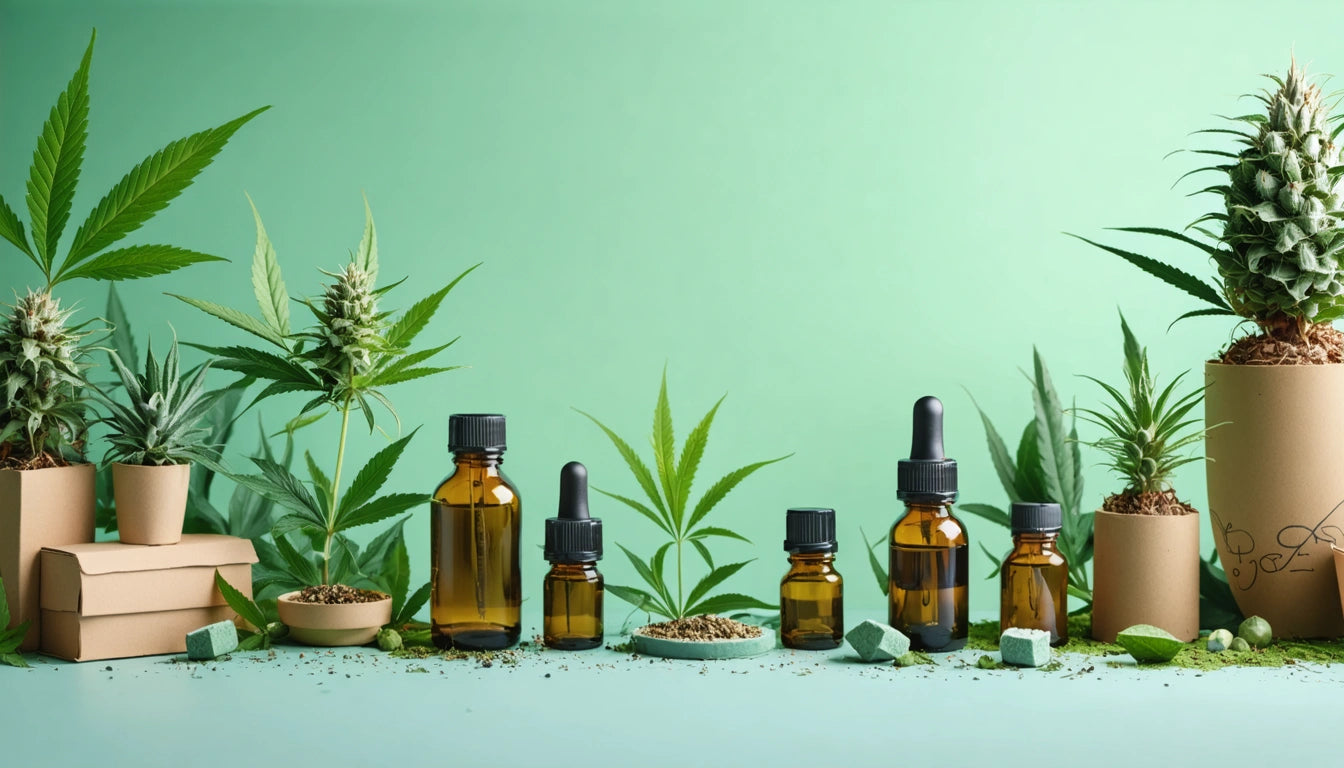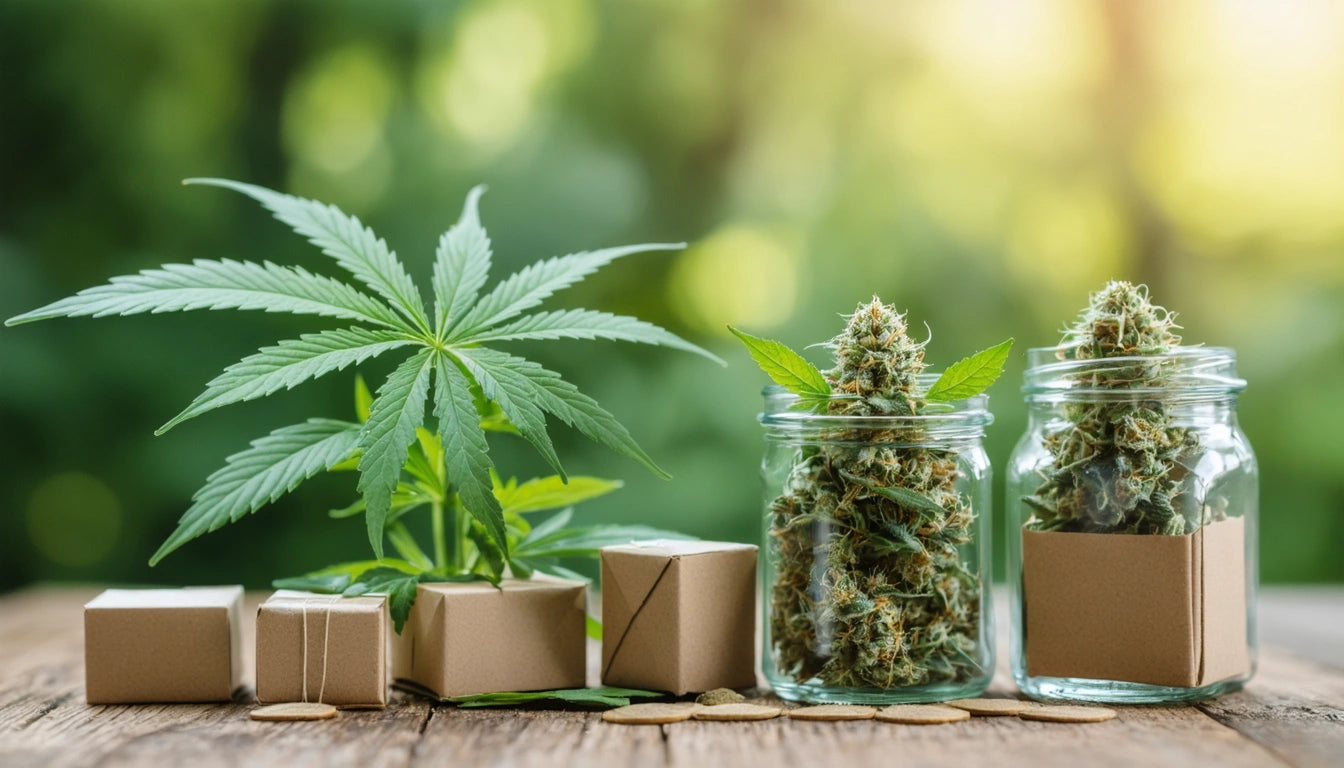Table of Contents
Standard Operating Procedures (SOPs) form the backbone of efficient cannabis packaging operations. They transform variable processes into consistent, repeatable workflows that enhance productivity, maintain compliance, and reduce errors. For cannabis businesses managing multiple product lines and regulatory requirements, well-crafted packaging SOPs are not just helpful, they're essential.
Understanding Cannabis Packaging SOPs
A cannabis packaging SOP is a detailed document that outlines the exact steps, materials, equipment, and quality standards required to package products consistently. These procedures ensure that every team member follows the same process, regardless of when they were trained or who supervised them.
Effective SOPs address compliance requirements while maximizing operational efficiency. According to industry experts, standardized workflows can reduce packaging time by up to 30% and minimize compliance-related errors that could result in costly recalls or regulatory penalties.
Key Components of Effective Packaging SOPs
1. Process Mapping
Begin by mapping the entire packaging workflow from receiving materials to shipping finished products. This visual representation helps identify bottlenecks, redundancies, and opportunities for improvement. Include decision points, quality checks, and handoffs between departments.
2. Material Specifications
Detail all packaging components, including child-resistant containers, labels, inserts, and secondary packaging. Specify storage requirements as outlined in best practices for storage to prevent damage from humidity, temperature fluctuations, or UV exposure.
3. Equipment Guidelines
Document all equipment used in the packaging process, from simple tools to sophisticated automated filling machines that increase throughput and consistency. Include calibration procedures, maintenance schedules, and troubleshooting protocols to minimize downtime.
4. Compliance Checkpoints
Incorporate verification steps to ensure all regulatory requirements are met, including proper labeling, batch tracking, and child-resistant packaging validation. These checkpoints should be mandatory and documented to create an audit trail.
Implementing Your Packaging SOP
Successful implementation requires more than just documentation. Consider these strategies:
- Involve frontline workers in SOP development to ensure practicality
- Create visual aids and quick-reference guides for workstations
- Develop a training program with competency verification
- Schedule regular reviews and updates as regulations or processes change
- Use digital tools to make SOPs easily accessible and searchable
For complex operations, consider implementing assembly line principles as described in tips for efficient cannabis packaging assembly lines. These approaches can significantly increase throughput while maintaining quality standards.
Equipment and Resource Considerations
The right equipment can dramatically impact SOP effectiveness. When selecting packaging machinery and tools, consider:
Automation Integration
Evaluate opportunities to automate repetitive tasks. Automation in cannabis packaging can range from simple filling machines to complete packaging lines. Document how these systems integrate with manual processes in your SOPs.
Inventory Management
Include procedures for managing packaging inventory across product lines. Specify minimum stock levels, reorder triggers, and inventory counting procedures to prevent stockouts or excess inventory.
Scaling Considerations
Design SOPs with growth in mind. Document how processes change at different production volumes and what triggers the need to add equipment or personnel. This forward-thinking approach prevents the need to completely rewrite procedures as your business grows.
Measuring SOP Effectiveness
Implement key performance indicators (KPIs) to evaluate how well your SOPs are working:
- Units packaged per labor hour
- Error rates and rework percentages
- Setup and changeover times between products
- Material waste percentages
- Compliance incident frequency
Track the cost of packaging per SKU to identify opportunities for optimization. Regular analysis of these metrics helps refine SOPs for maximum efficiency.
Adapting SOPs for Business Growth
As your cannabis business evolves, your packaging SOPs must evolve too. Consider these adaptation strategies:
Multi-Channel Considerations
If you sell through both direct-to-consumer and wholesale channels, your SOPs should address the operational differences between these channels. This might include separate workflows for different package sizes, labeling requirements, or fulfillment processes.
Seasonal Planning
Incorporate seasonal demand forecasting into your SOPs to handle fluctuations in volume. Document staffing adjustments, temporary equipment needs, and inventory management strategies for high-demand periods.
Technology Integration
As you implement new software systems, update SOPs to reflect integration between packaging logistics and inventory software. This ensures data flows smoothly between systems and maintains accurate tracking throughout the supply chain.
By creating comprehensive, adaptable SOPs for your cannabis packaging operations, you establish a foundation for consistent quality, regulatory compliance, and operational efficiency. These documented procedures become valuable assets that support training, troubleshooting, and continuous improvement across your organization.











Leave a comment
All comments are moderated before being published.
This site is protected by hCaptcha and the hCaptcha Privacy Policy and Terms of Service apply.